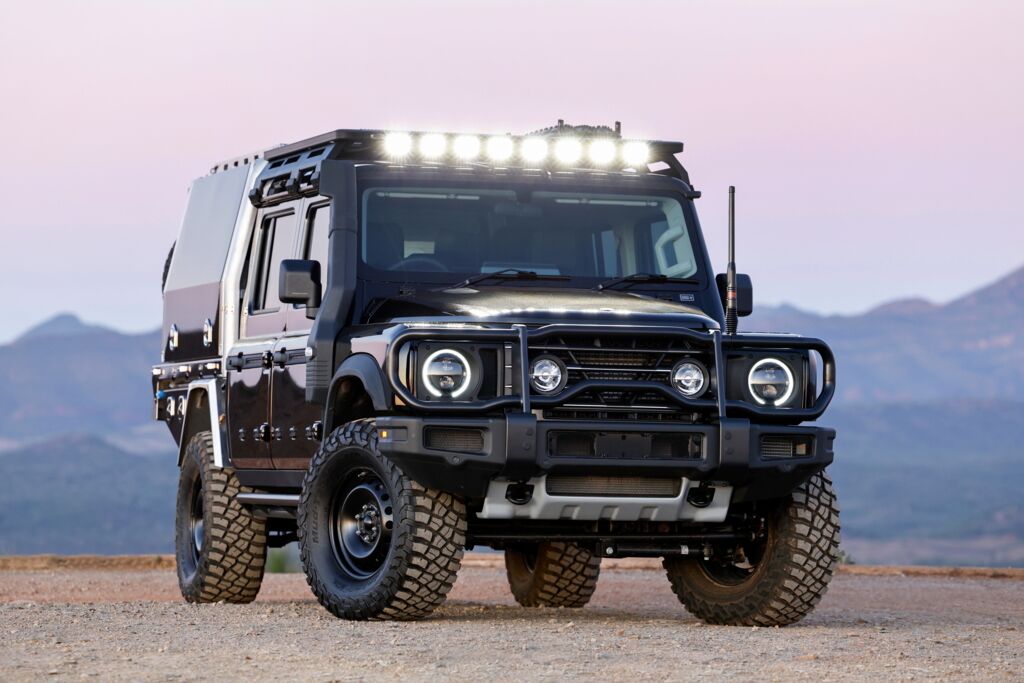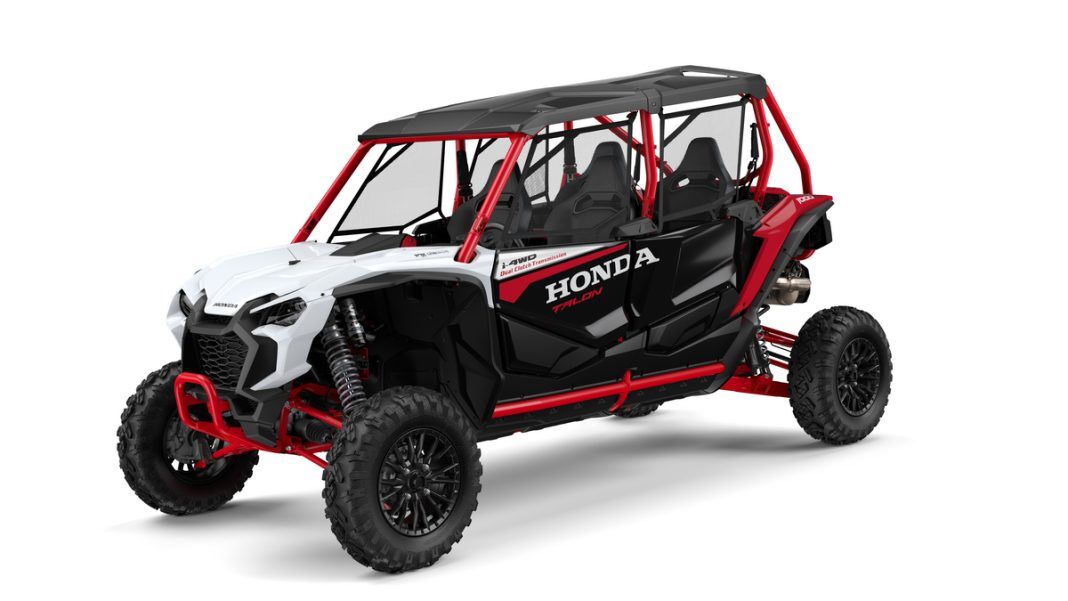Stellantis, the automotive heavyweight that’s taken a lot of hits, is rolling up its sleeves and getting back to basics after sales collapse 15% and CEO Carlos Tavares exits in 2024. While Ford’s 2 million units and GM’s 2.7 million units had an impressive 4% increase in US sales, Stellantis only sold 1.3 million units in the US. The company’s new game plan? Revive the classics, cut the fluff, and reconnect with the dealers and customers who keep the wheels turning.
Jeep’s New Trail
Remember the Jeep Cherokee that once dominated the roads? It once accounted for 17% of Jeep’s annual sales and it’s making a comeback, reincarnated as a midsize SUV ready to reclaim its territory. In 2024, Grand Cherokee sales dropped 12% and the Gladiator plummeted 24%.
However, the biggin’s, such the Wagoneer, popped by 48% and its even fatter sibling, the Grand Wagoneer stood on its own with a 13% growth, even though Jeep has acknowledged that its previous pricing strategy for the Wagoneer lineup may have been a bit too ambitious. Bob Broderdorf, head of Jeep North America, candidly admitted, “Wagoneer, it’s too far,” during a conversation at the 2025 Detroit Auto Show.
For the 2025 model year, Jeep has implemented significant price reductions across the Wagoneer and Grand Wagoneer models. Depending on the trim level, the Wagoneer is now $3,000 to nearly $6,000 less expensive, while the Grand Wagoneer has received a $7,000 price cut, bringing its starting price to $86,945.
Dodge: Muscle Car Resurrection
Dodge is dusting off the gas-powered Charger, bringing muscle back to the masses. For fans who crave the roar of an engine over the hum of an electric motor, your voices lack of spending was noticed. Dodge sales collapsed under the introduction of an EV muscle car.
Sales took a brutal nosedive, crashing 29% from 199,458 units to a gut-wrenching 141,730. The main culprits? The death spiral of the classic Charger and Challenger, which got pummeled with sales freefalls of 54% and 40%, respectively. It’s a stark reminder that axing icons comes with a price and this one hit like a RAM.
The Durango took a 14% hit, while the Journey and Caravan were sent to the scrapyard entirely. The Dodge Hornet had a flashy debut with a 120% jump to 20,559 units in its first full year, but let’s be real, that tiny win barely put a dent in the carnage happening everywhere else.
Dodge is desperately trying to claw back market share, rolling out the electric Charger Daytona and prepping the gas-powered Charger Sixpack variants for later this year. The brand is in a full-blown freefall, and it’s going to take more than flashy launches to stop the bleeding.
Ram’s Hybrid Hustle
Ram got slammed just as hard. Overall sales tanked 19%, with the brand’s pickup trucks taking a 16% gut punch. When your moneymaker starts bleeding, you know you’ve got a problem and Ram’s feeling every bit of it. Ram isn’t jumping on the all-electric bandwagon just yet. Instead, they’re rolling out a hybrid pickup with a gas backup, hitting the pause button on an all electric truck.
What’s Next for Stellantis?
With Tavares hitting the road, Chairman John Elkann is steering the company until a new CEO grabs the wheel. Antonio Filosa, the North America COO, is leading the charge stateside, bringing back seasoned pros like Tim Kuniskis to head the Ram brand. The mission? Get back to building cars people want to drive and dealers want to sell.
Stellantis is gearing up to throw down serious cash, over $5 billion in the US, just days after chairman John Elkann rubbed elbows with Donald Trump ahead of his inauguration. A big chunk of that, $1.2 billion, is heading to the Belvidere assembly plant in Illinois, a move expected to prop up 1,500 jobs and crank out a new mid-size pickup truck that will put that factory back online.
Stellantis today is a far cry from the gritty, no-nonsense Chrysler that Lee Iacocca dragged back from the brink in the ’80s. Back then, Iacocca didn’t just save a company, he led a revolution, turning desperation into innovation with minivans and the K-car, and selling America a vision of resilience. Iacocca’s Chrysler thrived on grit, guts, and a clear identity.
Fast forward to Stellantis today, and it feels like a bloated, corporate Frankenstein, struggling to figure out what it stands for. While Iacocca’s Chrysler fought tooth and nail to win back the American consumer, Stellantis seems stuck in a haze of shoddy strategies, cutting classics, and rolling dice on EVs while its core brands bleed market share.
Iacocca took bold risks that paid off, while Stellantis feels like it’s driving in circles, chasing its own tail lights. The fight, the fire, the hunger to survive… is dim. Until Stellantis finds its own Iacocca-style grit, it’s just a shell of what it was and what it could be.



I have noticed that a significant portion of the Grand Wagoneers I see have U.S. Government plates. That said San Diego is home to many military bases, so the presence of the plates is not unusual. My thought/question is, with Jeep much newer to the domestic three row SUV market than GM/Ford is the market excited about a new offering, or does that 13% bump represent a cyclical government fleet purchase?
Quite possibly. GM has had a long standing relationship with the government, but it’s entirely possible that Jeep has won some fleet bids. I’ll try to dig into those numbers.